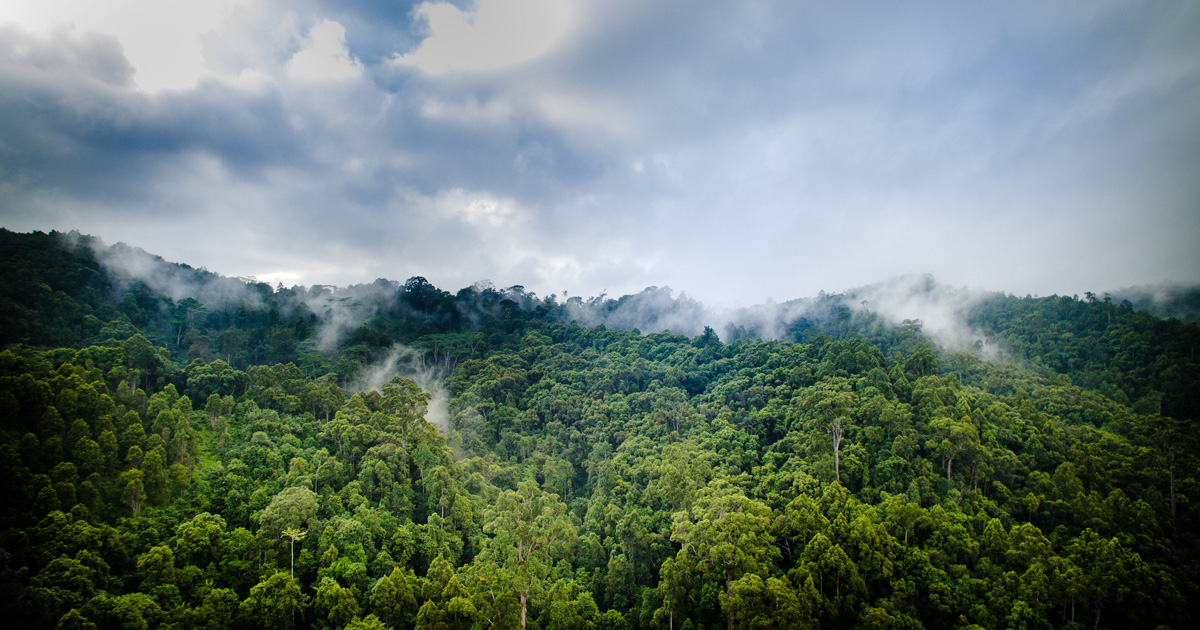Agroforestry is widely considered as a sustainable land management practice with multiple ecosystem benefits that support farmers’ livelihoods. While there is much evidence that the technologies are not being embraced as expected, there is knowledge gap about farmers’ perceptions to help devising extension strategies tailored to farmers’ needs in many countries, including Rwanda. This study determined factors that influence farmers’ perceptions on trees effects on soil fertility, moisture retention and crop productivity in semi-arid and humid regions of Rwanda. Logistic regression was used to analyze household survey data that covered 107 and 146 farmers in semi-arid and humid regions, respectively. Results showed that the proportion of farmers with fertile soil in the humid (92%) and the semi-arid (65%) regions was higher on farms with trees. In the semi-arid region, farmers’ perceptions of trees effect on soil fertility was positively influenced by education (P < 0.05) and negatively influenced by farm size (P < 0.1) whereas in the humid region, it was positively influenced (P < 0.1) by family size. Farmers’ perceptions of the effect of agroforestry on soil moisture were influenced by farmers’ knowledge (P < 0.1) in the semi-arid region and gender (P < 0.05) in the humid region. Farmers reported higher yields of potato, maize and beans on farms with trees in the humid region and beans in the semi-arid region. These factors should be taken into consideration to target agroforestry technologies more efficiently within farmer populations. However, constraints including lack of seedlings, tree-crop competition, droughts, termites and lack of mineral fertilizers for seedlings need to be addressed to increase farmers’ uptake of agroforestry technologies.
DOI:
https://doi.org/10.1007/s11842-023-09547-x
Altmetric score:
Dimensions Citation Count:

Publication year
2023
Authors
Cyamweshi, R.A.; Kuyah, S.; Mukuralinda, A.; Ngango, J.; Mbaraka, S.R.; Manirere, J.D.; Muthuri, C.W.
Language
English
Keywords
soil fertility, land management, agroforestry, livelihoods, crop production, farming systems, farmers, education
Geographic
Rwanda























